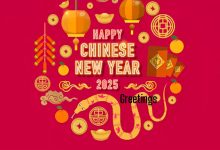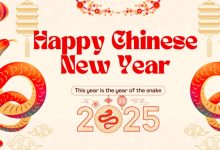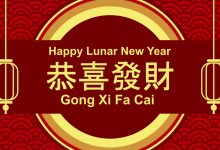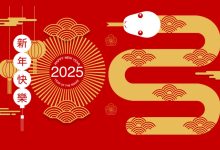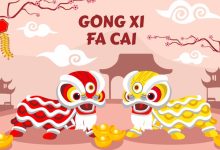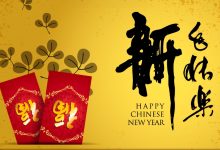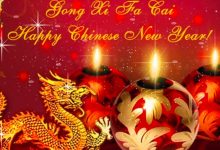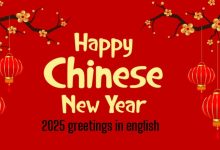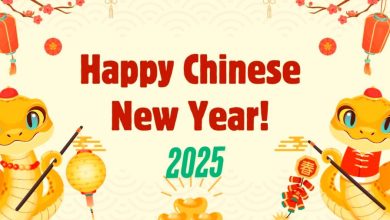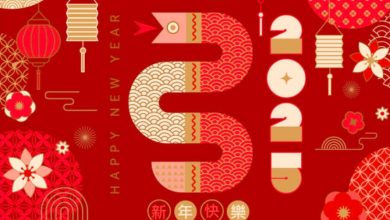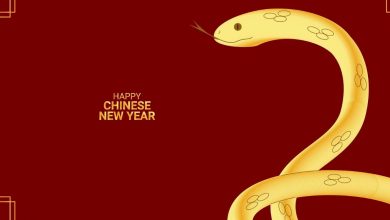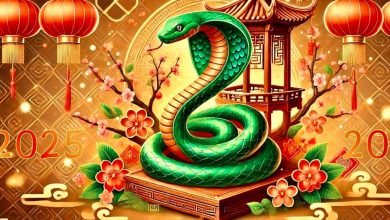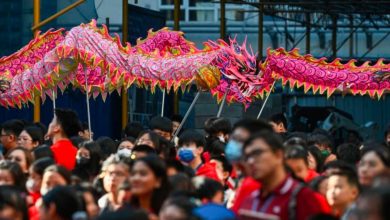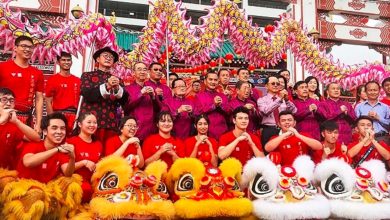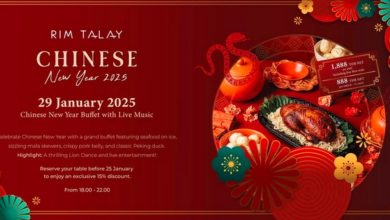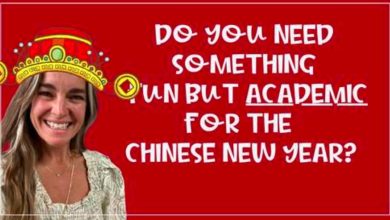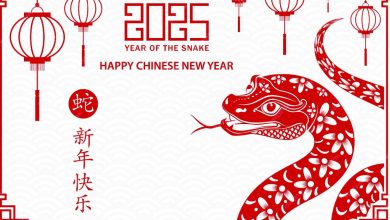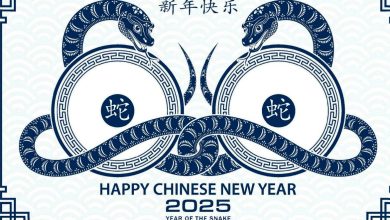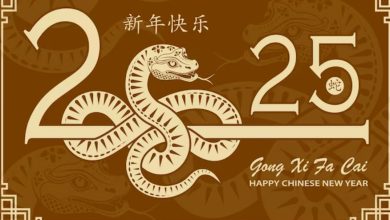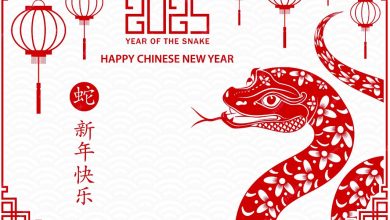Happy chinese new year hokkien 2025
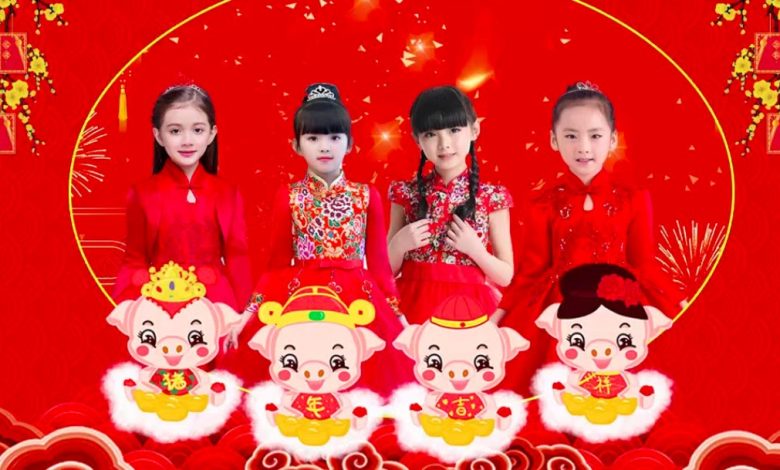
Chinese New Year, also known as the Lunar New Year or Spring Festival, is one of the most significant and widely celebrated festivals in Chinese culture. Among the many dialect groups in the Chinese community, the Hokkiens (Fujianese) have unique traditions and customs that make their New Year celebrations distinct and vibrant. The year 2025 marks the Year of the Snake, and for Hokkien families worldwide, this is a time of joy, reunion, and deep-rooted cultural rituals.
Pre-New Year Preparations
The preparations for Chinese New Year begin weeks in advance. Hokkien families clean their homes thoroughly to sweep away bad luck from the previous year and welcome new blessings. This ritual, known as “spring cleaning,” symbolizes getting rid of misfortune and making way for prosperity. Red decorations, lanterns, and auspicious banners with phrases like “Huat Ah” (a Hokkien expression for prosperity) are put up to invite good fortune.
Another important preparation is the purchase of new clothes, preferably in red, which signifies good luck and warding off evil spirits. Markets and shopping areas buzz with activity as people stock up on festive foods, gifts, and household essentials.
New Year’s Eve: Reunion Dinner and Prayers
The heart of the celebration begins on New Year’s Eve with a grand reunion dinner, where family members, no matter how far they are, return home to celebrate together. The meal is lavish, often featuring symbolic dishes such as:
- Fish (symbolizing abundance)
- Longevity noodles (for a long life)
- Dumplings (representing wealth)
- Sticky rice cake (nian gao) (for career advancement and success)
For Hokkiens, offerings and prayers play an essential role in the New Year’s Eve celebrations. Many families pay respects to their ancestors by making food offerings, lighting incense, and praying at ancestral altars.
The First Day of Chinese New Year
On the first day of the Lunar New Year, Hokkiens observe various customs to attract good fortune. It is considered inauspicious to sweep the house on this day, as doing so is believed to sweep away good luck. People greet each other with auspicious phrases such as “Kiong Hee Huat Chai” (Happy and Prosperous New Year) in Hokkien.
Children and unmarried individuals receive ang pows (red packets) filled with money from elders as a blessing for prosperity. Visiting relatives and friends, known as “bai nian,” is also a key activity on this day. Temples are filled with worshippers seeking blessings for a prosperous year ahead.
The Ninth Day: Hokkien People’s “New Year”
While the general Chinese community celebrates the New Year on the first and second days, the ninth day is exceptionally significant for the Hokkien people. This day is known as “Bai Ti Kong” (Prayers to the Jade Emperor), considered the true New Year for Hokkiens.
The night before, Hokkien families prepare elaborate offerings, including sugarcane stalks, roasted meats, fruits, and cakes, to express gratitude to the Jade Emperor (Ti Kong) for past blessings and to seek protection in the coming year. The sugarcane is symbolic of survival and resilience, as legend says that during an ancient conflict, Hokkien ancestors hid in sugarcane fields to escape danger. At midnight, families light incense, offer prayers, and set off firecrackers to honor the deity.
Food and Festive Delights
Hokkien cuisine is a major highlight of the Chinese New Year celebrations. Some of the must-have dishes include:
- Hokkien mee – Stir-fried noodles symbolizing longevity.
- Popiah – Fresh spring rolls filled with vegetables and meat, symbolizing wealth and abundance.
- Oyster omelet (Orh Jian) – Considered an auspicious dish as oysters represent good fortune.
- Pineapple tarts – In Hokkien, “pineapple” sounds like “prosperity arrives,” making these treats a staple in the household.
Lion Dances and Firecrackers
Lion and dragon dances are common during Chinese New Year, believed to ward off evil spirits and bring good luck. In Hokkien communities, these performances are accompanied by the deafening sound of firecrackers and drums, creating a lively and festive atmosphere.
Conclusion
Chinese New Year 2025, the Year of th
